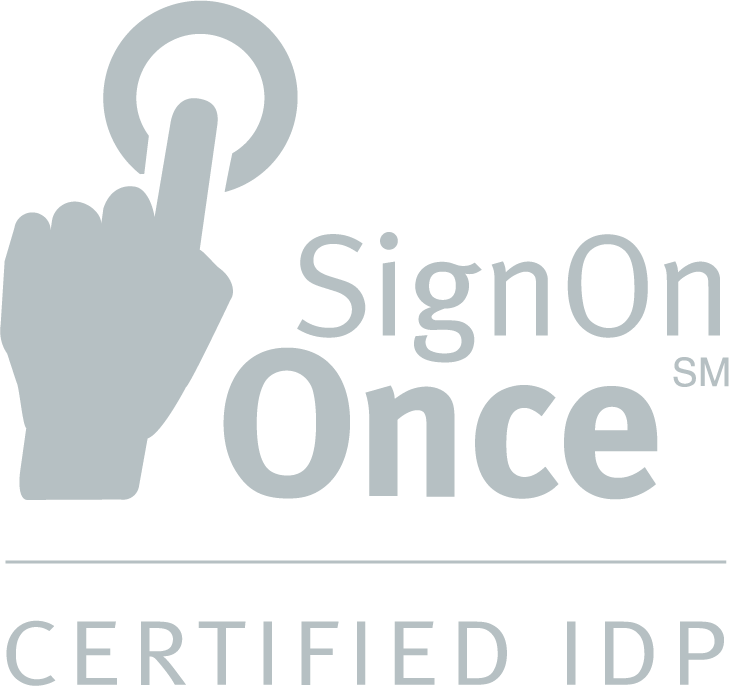Insurance is all about connecting and forming relationships, and video can be a powerful bridge for forming those connections.
In a Vertafore Insurance Podcast episode, Rick Fox spoke with guest Kelly Lennon, AIG Distribution Leader for Long Island, about how to incorporate amateur video into daily processes:
When I’m reaching out to clients, and they see my face, they will start to see the value I bring to the industry. This is how you connect with someone before you get to know them.”
– Kelly Lennon
Lennon believes that anyone can produce good video content that can connect with clients and potential clients in a way that nothing else can.
What makes a good video
At 2022 Accelerate, powered by NetVU, Vertafore Orange Partner Agency Revolution hosted a session that covered how agencies can start effectively using video to reach the end-insureds.
During the presentation, Joel Zwicker shared the keys to a great video:
- Be authentic
- Be engaging
- Be relevant and informative
- Focus on stories, not sales
Agencies looking for topics could start with FAQs and turn them into a Q&A with a trusted individual on the team.
Testimonial videos with customers are also a great video topic to gain new business. According to a study from Wyzowl, video testimonials are preferred by 79% of people to learn more about a company or product.
Getting started
One of the hardest parts of DIY video production is getting started, but anyone can create a video. All you need is:
- Quality webcam or smartphone with camera
- Tripod (plus phone adapter)
- Basic editing software (iMovie or Adobe Premiere and Shortcut)
The easiest video to start with is simply a “talking head” video, which involves a person talking to the camera, either right into it or slightly to the side, interview style.
Here’s what you’ll need:
- Find good lighting. Make sure the light source is behind the camera.
- Position talking points behind camera if needed.
- Have the camera positioned at eye line or higher.
- Speak extemporaneously. Avoid sounding like you’re reading from a script!
- Record horizontally.
- Make videos short! Around 30-60 seconds is ideal.
- Start with a story or stat to hook viewers.
Going live
Once the video is created, it’s time to share it. Making sure the right eyes get on your video is important, and there are many ways to increase its visibility through email campaigns, posting on your website, and of course, on social media platforms.
Something to remember is that the highest engagement comes within an hour of posting your content, so keep a close eye and engage with any comments that come in. If someone likes your video, thank them for watching it.
Beyond the basics
The great news is that you can use a single video MULTIPLE times for MULTIPLE uses! Slice it up and spread it around platforms. Make it a meme or GIF, post straight to your feed, or make it an Instagram or LinkedIn Story.
If you’re posting on YouTube, Vimeo, or any other video platform, be sure to add supporting text, so folks know what the video is about. Include call-to-action items such as your website and social media handles.
Video is an ideal way to cut through the clutter and reach audiences like never before. In the wise words of Kelly Lennon, remember, it may be uncomfortable, but you have to start somewhere.
"Just press record."



